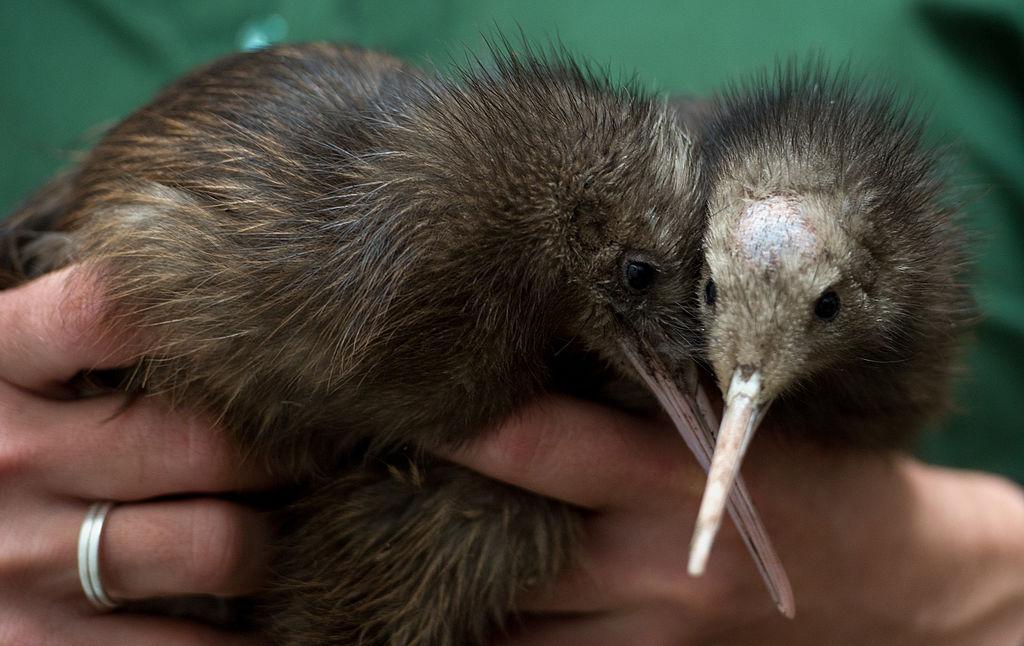New Zealand’s Department on Conservation (DOC) which aims to eradicate mustelids from the country by 2050, spent nearly $500,000 (US$297,000) to rid a wildlife area in the South island of just one predator, select committee documents recently released say.
The country’s native species, in particular birds like the Kiwi, are under constant threat from introduced predators like stoats, ferrets, and Norway and ship rats. These animals were introduced from the United Kingdom in the 19th century as a way of controlling rabbits that were destroying pasture used for raising sheep.





